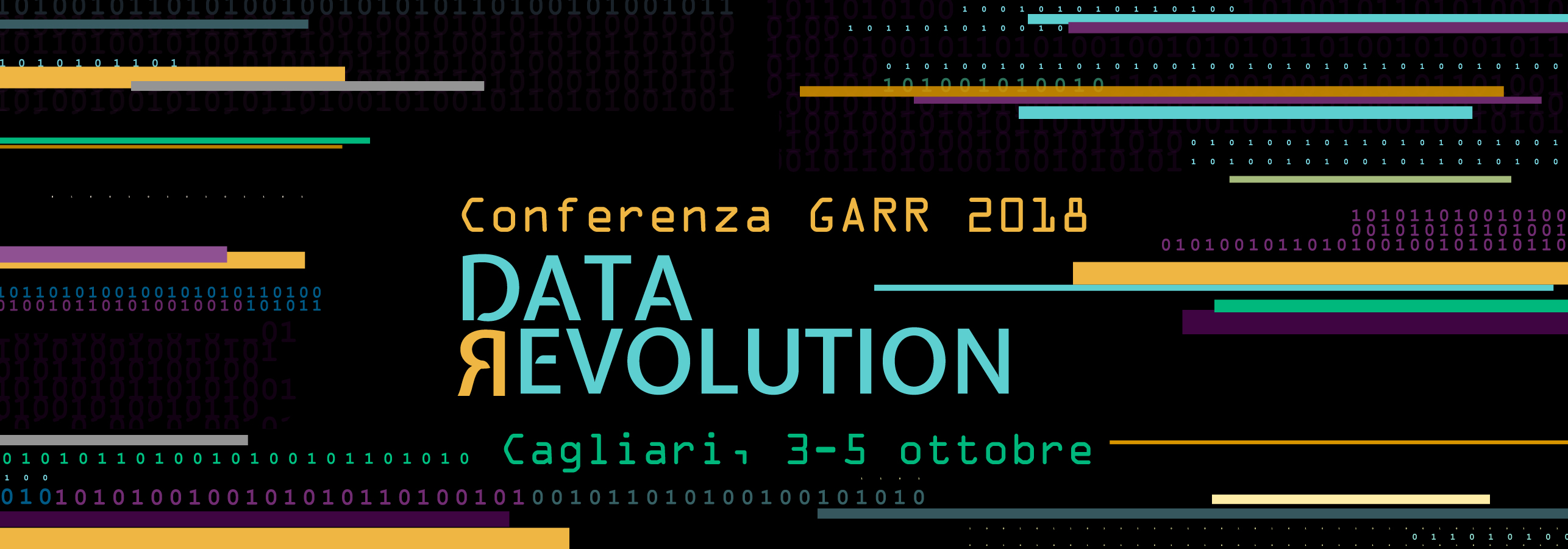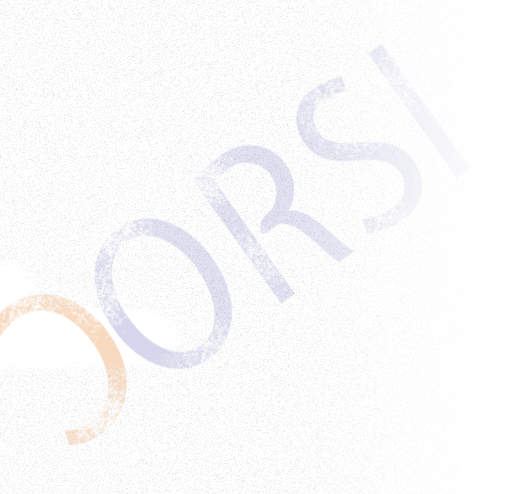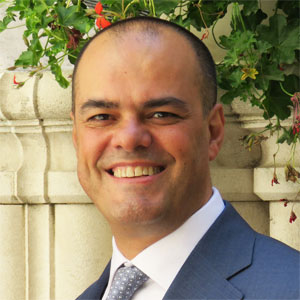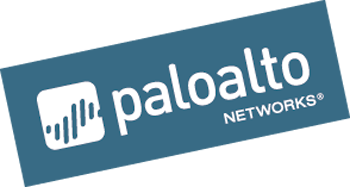Luigi Serra
- CNR ISEM
- http://www.isem.cnr.it/
“Open Monuments Engine”, proposta per un database aperto a supporto dei GIS, dei sistemi di navigazione satellitare e della Storia
 Luigi Serra, maturatosi a Macomer (NU) al liceo scientifico Galileo Galilei e laureatosi in Ingegneria Informatica al Politecnico di Torino, ha lavorato diversi anni nel privato come insegnante, consulente e tecnico informatico. Radioamatore, appassionato di musica, elettronica e fai da te, dal 2006 con Athena Informatica cura come Project Manager il progetto Banda Larga di rinnovamento del network dell’Università di Sassari, dal 2008 è Security and Network Administrator come dipendente presso lo stesso Ateneo Sassarese. Nel 2009 è referente per il progetto “ICT4University – WiFi SUD”, nel 2012 cura progetto e realizzazione della connessione, con tecnologia 10G REP, alla fibra ottica del Comune di Sassari. Nel 2014, vincitore di concorso si trasferisce alla ASL 8 di Cagliari. Da qui, dopo una breve e stimolante esperienza come sistemista di rete e sicurezza, approda nel 2015 al Consiglio Nazionale delle Ricerche presso l’Istituto di Storia dell’Europa Mediterranea di Cagliari. Nel nuovo contesto, come responsabile ICT, gestisce l’infrastruttura informatica e cura diversi aspetti di valorizzazione della ricerca e dei beni culturali dedicandosi alle Digital Humanities e Digital Heritage contribuendo attivamente al “trasferimento umanistico”, come lui suole definirlo, con soluzioni informatiche e tecnologiche innovative.
Luigi Serra, maturatosi a Macomer (NU) al liceo scientifico Galileo Galilei e laureatosi in Ingegneria Informatica al Politecnico di Torino, ha lavorato diversi anni nel privato come insegnante, consulente e tecnico informatico. Radioamatore, appassionato di musica, elettronica e fai da te, dal 2006 con Athena Informatica cura come Project Manager il progetto Banda Larga di rinnovamento del network dell’Università di Sassari, dal 2008 è Security and Network Administrator come dipendente presso lo stesso Ateneo Sassarese. Nel 2009 è referente per il progetto “ICT4University – WiFi SUD”, nel 2012 cura progetto e realizzazione della connessione, con tecnologia 10G REP, alla fibra ottica del Comune di Sassari. Nel 2014, vincitore di concorso si trasferisce alla ASL 8 di Cagliari. Da qui, dopo una breve e stimolante esperienza come sistemista di rete e sicurezza, approda nel 2015 al Consiglio Nazionale delle Ricerche presso l’Istituto di Storia dell’Europa Mediterranea di Cagliari. Nel nuovo contesto, come responsabile ICT, gestisce l’infrastruttura informatica e cura diversi aspetti di valorizzazione della ricerca e dei beni culturali dedicandosi alle Digital Humanities e Digital Heritage contribuendo attivamente al “trasferimento umanistico”, come lui suole definirlo, con soluzioni informatiche e tecnologiche innovative.
 Luigi Serra, graduated in Computer Engineering at the Politecnico di Torino, worked several years in the private sector as a teacher, consultant and IT technician. Radio amateur, passionate about music, electronics and do-it-yourself, since 2006 with Athena Informatica as Project Manager, the “Banda Larga” project for the renewal of the University of Sassari network, since 2008 is Security and Network Administrator as an employee at the same University of Sassari. In 2009 he was the point of contact for the "ICT4University - WiFi SUD" project, in 2012 he took care of the project and the creation of the connection, with 10G REP technology, to the optical fibre of the Municipality of Sassari. In 2014, winner of the competition he moved to the ASL 8 of Cagliari. From here, after a brief and stimulating experience as a network and security system administrator, he arrived in 2015 at the National Research Council at the Institute of History of Mediterranean Europe in Cagliari. In the new context, as ICT manager, he manages the IT infrastructure and takes care of different aspects of research and cultural heritage, dedicating himself to Digital Humanities and Digital Heritage, contributing actively to the "humanistic transfer", as he usually defines it, with IT and technological solutions innovative.
Luigi Serra, graduated in Computer Engineering at the Politecnico di Torino, worked several years in the private sector as a teacher, consultant and IT technician. Radio amateur, passionate about music, electronics and do-it-yourself, since 2006 with Athena Informatica as Project Manager, the “Banda Larga” project for the renewal of the University of Sassari network, since 2008 is Security and Network Administrator as an employee at the same University of Sassari. In 2009 he was the point of contact for the "ICT4University - WiFi SUD" project, in 2012 he took care of the project and the creation of the connection, with 10G REP technology, to the optical fibre of the Municipality of Sassari. In 2014, winner of the competition he moved to the ASL 8 of Cagliari. From here, after a brief and stimulating experience as a network and security system administrator, he arrived in 2015 at the National Research Council at the Institute of History of Mediterranean Europe in Cagliari. In the new context, as ICT manager, he manages the IT infrastructure and takes care of different aspects of research and cultural heritage, dedicating himself to Digital Humanities and Digital Heritage, contributing actively to the "humanistic transfer", as he usually defines it, with IT and technological solutions innovative.
SESSIONE 10. OPEN DATA - OPEN SCIENCE
“Open Monuments Engine”, proposta per un database aperto a supporto dei GIS, dei sistemi di navigazione satellitare e della Storia.
 Il presente contributo scaturisce, come sua naturale evoluzione, dalla proposta presentata alla conferenza internazionale della Japanese Association for Digital Humanities la JADH2018, anche se in realtà si configura come requisito essenziale per la sua attuazione. Salutato con entusiasmo dagli informatici e umanisti nipponici sposa i punti-chiave della conferenza GARR 2018. La proposta progettuale prevede lo studio collaborativo di un database aperto, finalizzato al censimento e schedatura di monumenti secondo strutture aggregate non solo su base geografica, ma soprattutto storica e istituzionale. Tale classificazione consentirebbe una scelta di monumenti non più puramente geografica, ma anche e soprattutto basata sul periodo storico o sulla realtà Statuale nei quali sono stati concepiti e realizzati. Non è raro osservare infatti una “migrazione statica” del monumento che si evidenzierebbe con l’aggiunta della variabile temporale: salvo rari casi di spostamento fisico, l’informazione puramente geografica è per sua natura statica, ma diverrebbe dinamica se vista sotto gli occhi della sua appartenenza alle diverse istituzioni che si sono succedute. Siffatta categorizzazione del patrimonio monumentale presuppone un massivo utilizzo di infrastrutture di rete prestanti, senza le quali sarebbe impossibile fruirne i contenuti. Questo contributo si propone come appello per una condivisione collaborativa delle competenze per delineare delle linee guida, ex novo o a integrazione di altre esistenti, che indirizzino sia strategie sia politiche di sviluppo delle infrastrutture digitali al servizio del patrimonio storico, culturale e monumentale auspicando la collaborazione del MiBACT e del mondo accademico. Gli Open Data hanno un’intrinseca valenza perché incentivano un continuo perfezionamento degli strumenti. La collaborazione culturale abbatte barriere geografiche e politiche: creare uno strumento di ricerca per la ricerca, estenderebbe confini e ambiti disciplinari grazie a nuovi servizi ICT a supporto delle infrastrutture di ricerca stesse. Un database monumentale aperto collaborativo e condiviso che accolga contributi multidisciplinari su medesimi ambiti di studio è forse un’evoluzione dei dati che può certamente favorire piccole rivoluzioni sul loro utilizzo. È un formidabile strumento per la trasmissione del sapere e della formazione sia individuale che collettiva, soprattutto se proposto come patrimonio trasversale per il trasferimento umanistico.
Il presente contributo scaturisce, come sua naturale evoluzione, dalla proposta presentata alla conferenza internazionale della Japanese Association for Digital Humanities la JADH2018, anche se in realtà si configura come requisito essenziale per la sua attuazione. Salutato con entusiasmo dagli informatici e umanisti nipponici sposa i punti-chiave della conferenza GARR 2018. La proposta progettuale prevede lo studio collaborativo di un database aperto, finalizzato al censimento e schedatura di monumenti secondo strutture aggregate non solo su base geografica, ma soprattutto storica e istituzionale. Tale classificazione consentirebbe una scelta di monumenti non più puramente geografica, ma anche e soprattutto basata sul periodo storico o sulla realtà Statuale nei quali sono stati concepiti e realizzati. Non è raro osservare infatti una “migrazione statica” del monumento che si evidenzierebbe con l’aggiunta della variabile temporale: salvo rari casi di spostamento fisico, l’informazione puramente geografica è per sua natura statica, ma diverrebbe dinamica se vista sotto gli occhi della sua appartenenza alle diverse istituzioni che si sono succedute. Siffatta categorizzazione del patrimonio monumentale presuppone un massivo utilizzo di infrastrutture di rete prestanti, senza le quali sarebbe impossibile fruirne i contenuti. Questo contributo si propone come appello per una condivisione collaborativa delle competenze per delineare delle linee guida, ex novo o a integrazione di altre esistenti, che indirizzino sia strategie sia politiche di sviluppo delle infrastrutture digitali al servizio del patrimonio storico, culturale e monumentale auspicando la collaborazione del MiBACT e del mondo accademico. Gli Open Data hanno un’intrinseca valenza perché incentivano un continuo perfezionamento degli strumenti. La collaborazione culturale abbatte barriere geografiche e politiche: creare uno strumento di ricerca per la ricerca, estenderebbe confini e ambiti disciplinari grazie a nuovi servizi ICT a supporto delle infrastrutture di ricerca stesse. Un database monumentale aperto collaborativo e condiviso che accolga contributi multidisciplinari su medesimi ambiti di studio è forse un’evoluzione dei dati che può certamente favorire piccole rivoluzioni sul loro utilizzo. È un formidabile strumento per la trasmissione del sapere e della formazione sia individuale che collettiva, soprattutto se proposto come patrimonio trasversale per il trasferimento umanistico.
“Open Monuments Engine", an open database to support GIS, satellite navigation systems and history.
 The present contribution comes, as its natural evolution, from the proposal presented at the international conference of the Japanese Association for Digital Humanities, JADH2018, even though it actually constitutes an essential requirement for its implementation. Welcomed enthusiastically by the Japanese informatics and humanists, he joins the key points of the GARR 2018 conference. The project proposal includes the collaborative study of an open database, aimed at the census and cataloging of monuments according to aggregated structures not only on a geographical basis, but above all on a historical and institutional basis. This classification would allow a choice of monuments not just on a geographical criterion, but also and above on a criterion based on the historical period or on the reality of the State in which they were conceived and implemented. In fact, it is not rare to observe a "static migration" of the monument that would highlight the addition of the temporal variable. Except in the case of physical displacement, the purely geographical information is by its nature static, but it would become dynamic if seen under the eyes of his belonging to the different institutions succeeding each other. Such categorization of the monumental patrimony presupposes a massive use of network infrastructures, without which it would be impossible to use the contents. This contribution is proposed as a call for a collaborative sharing of skills to outline guidelines, ex novo or integrating the other existing ones, which address both strategies and policies for the development of digital infrastructures at the service of historical, cultural and monumental heritage, hoping the collaboration of the MiBACT and the academic world. Open Data have an intrinsic value because they encourage a continuous improvement of the tools. Cultural collaboration breaks down geographical and political barriers: to create a research tool for research, it would extend borders and disciplinary areas thanks to new ICT services to support the research infrastructures themselves. A monumental open collaborative and shared database welcoming multidisciplinary contributions on the same areas of study is perhaps an evolution of data that can certainly encourage small revolutions on their use. It is a formidable tool for the transmission of knowledge and training, both individual and collective, especially if it is proposed as a transversal heritage for the humanistic transfer.
The present contribution comes, as its natural evolution, from the proposal presented at the international conference of the Japanese Association for Digital Humanities, JADH2018, even though it actually constitutes an essential requirement for its implementation. Welcomed enthusiastically by the Japanese informatics and humanists, he joins the key points of the GARR 2018 conference. The project proposal includes the collaborative study of an open database, aimed at the census and cataloging of monuments according to aggregated structures not only on a geographical basis, but above all on a historical and institutional basis. This classification would allow a choice of monuments not just on a geographical criterion, but also and above on a criterion based on the historical period or on the reality of the State in which they were conceived and implemented. In fact, it is not rare to observe a "static migration" of the monument that would highlight the addition of the temporal variable. Except in the case of physical displacement, the purely geographical information is by its nature static, but it would become dynamic if seen under the eyes of his belonging to the different institutions succeeding each other. Such categorization of the monumental patrimony presupposes a massive use of network infrastructures, without which it would be impossible to use the contents. This contribution is proposed as a call for a collaborative sharing of skills to outline guidelines, ex novo or integrating the other existing ones, which address both strategies and policies for the development of digital infrastructures at the service of historical, cultural and monumental heritage, hoping the collaboration of the MiBACT and the academic world. Open Data have an intrinsic value because they encourage a continuous improvement of the tools. Cultural collaboration breaks down geographical and political barriers: to create a research tool for research, it would extend borders and disciplinary areas thanks to new ICT services to support the research infrastructures themselves. A monumental open collaborative and shared database welcoming multidisciplinary contributions on the same areas of study is perhaps an evolution of data that can certainly encourage small revolutions on their use. It is a formidable tool for the transmission of knowledge and training, both individual and collective, especially if it is proposed as a transversal heritage for the humanistic transfer.

















